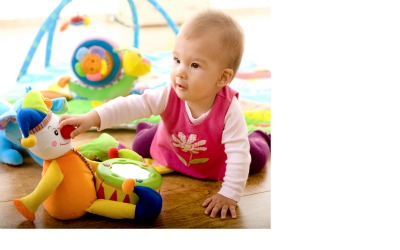Heads-up – New CPSC On-line Reports Pose New Risks for Manufacturers
Nov 16, 2011
By Lee L. Bishop / Product Safety Letter
On Nov. 8, 2011, The Consumer Product Safety Commission (“CPSC”) formally announced two changes to its on-line reporting tools, changes that had been implemented without fanfare several weeks ago. First, the CPSC has stopped its practice of notifying manufacturers via regular mail of consumer complaints that do not qualify for inclusion in the SaferProducts.gov on-line database. Those complaints will now be accessible to manufacturers (not the public) in a separate tab at the same website housing the searchable database. Second, the CPSC has changed its on-line form used to file initial reports of product defects under Sec. 15(b).
The CPSC press release characterizes these changes as simply a more efficient way to handle consumer complaints, and an “easier” way to report potential product hazards.
No, not really. These two changes present real risks and challenges for manufacturers.
Section 6(c) Information
The first change is not objectionable on its face, but manufacturers must remain vigilant that it is not misused. Some consumer complaints do not qualify for inclusion in the SaferProducts.gov database for a variety of reasons; for example, they may complain of a non-safety problem, or they could not contain the required consumer contact information or verification. These complaints (called “Section 6(c) information”) have been mailed to manufacturers for comment under the process described in 16 C.F.R. Part 1101. They can be obtained by the public only through the Freedom of Information Act.
Now these complaints are on-line, available only to manufacturers as a separate tab on the SaferProducts.gov website. They will no longer be mailed to manufacturers – if you wish to see and comment on these complaints, you must register on SaferProducts.gov. Remember that these Sec. 6(c) complaints are subject to different rules than the new Section 6A complaints. Section 6(c) complaints can only be obtained through a Freedom of Information Act request, and manufacturers can object to their release pursuant to the Part 1101 rules.
Section 15(b) Report Form
For several years the CPSC has encouraged the use of an on-line form to report potential Section 15(b) product hazards. The previous form had open fields for critical information, such as the nature of the defect and how the reporter learned of the potential issue. Since reports are normally filed early in the investigation process, as required by the CPSC’s guidelines, often this information is preliminary, tentative, or simply not available. The form was used to start the process of either conducting a Fast Track recall or developing the facts necessary to support a “preliminary determination” of product hazard by the CPSC staff. The manufacturer would provide more complete information in its Full Report.
The new form is significantly different. It requires that the reporter state a precise date when the issue was discovered – it is not possible to file the report without this critical fact. Given the CPSC’s practice of evaluating every Section 15(b) report for a “late reporting” penalty, and the higher penalty authority provided in the 2008 CPSIA, the date a potential product hazard was discovered has significant legal consequences and should not be volunteered without careful thought and analysis.
The new form also requires that the reporter pick from a “drop-down” menu of “primary” and “secondary” hazards, including “electrocution/electrical shock” or “fire.” Moreover, the report form requires that the reporter pick precise numbers of products involved, their date of production and importation as well as their precise location in the distribution process.
In addition, the new form significantly limits the amount of text available in some of the fields. As a result, it is no longer possible to include the full text of the denial of substantial product hazard as allowed by 16 C.F.R. §1115.12(a).
If manufacturers do not have the information required by the new form, or if they want to formally document the denial of a substantial product hazard (which can be important for a number of reasons) they should consider reporting the old fashioned way – by phone or email containing a letter (in pdf format).
The opinions expressed are those of the author and do not necessarily reflect the views of the firm, or its client. This article is for general information purposes and is not intended to be and should not be taken as legal advice.
Lee L. Bishop is of counsel with Miles & Stockbridge. For 16 years prior to that he was Senior Counsel for Product Safety and Regulatory Compliance for GE consumer products, lighting and electrical industrial equipment. Contact him at (502) 213-0000, lbishop@milesstockbridge.




